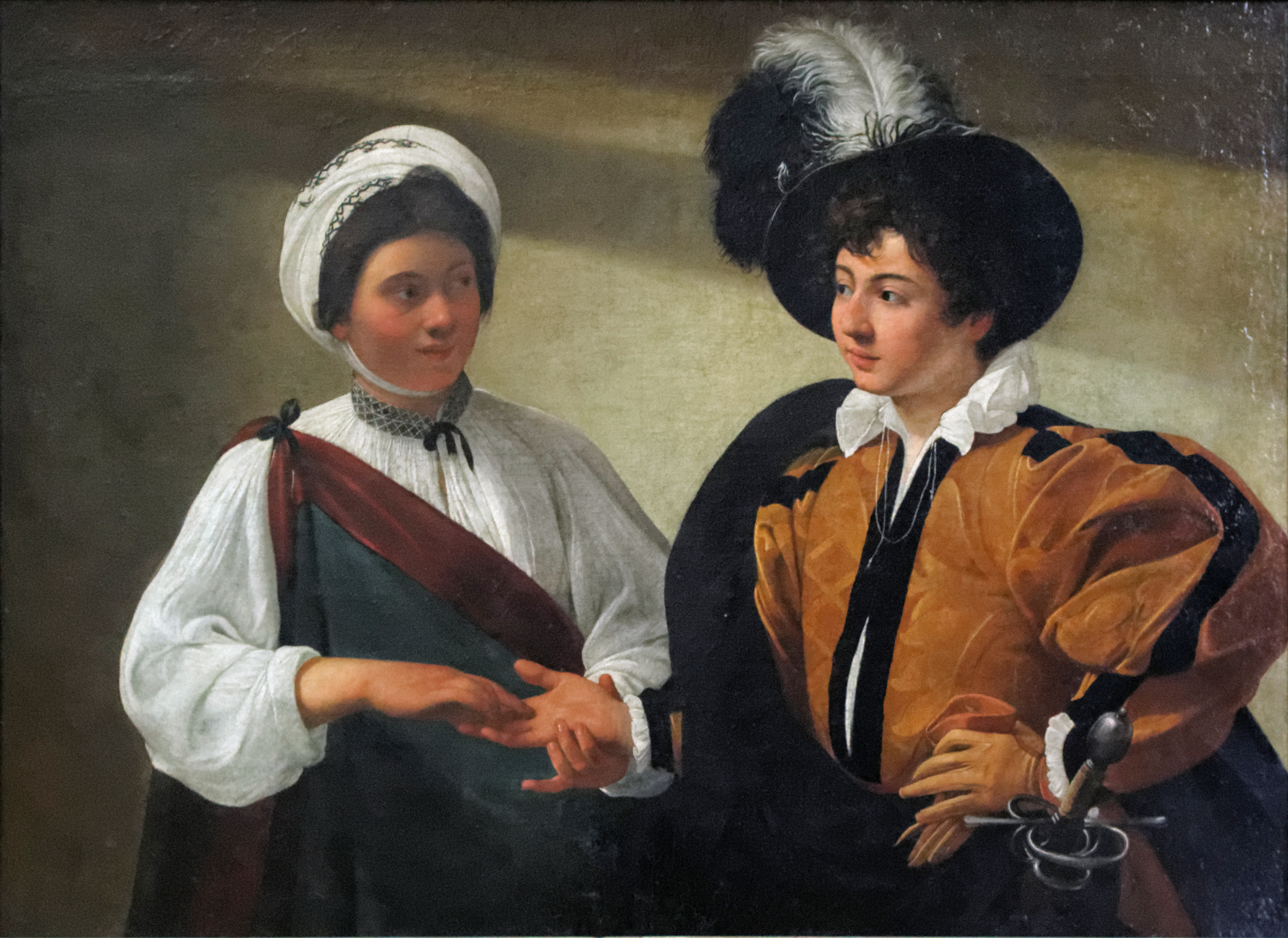In the 1990s, paper fortune tellers were all the rage at my school. They were like the low-tech version of a Magic 8 ball, another fortune telling ‘toy’. Ours never looked as fancy as this one, but this is what I mean.

It didn’t really matter that the results were nonsense. We loved the thrill of predicting the future.
Here are the folding instructions if you want to make your own. The outer flaps bore colours to start the process off. The inner flaps bore numbers to dictate the number of times you opened and closed the fortune teller. And they also dictated which flap you lifted to reveal your fortune.
So this week we’re going to look at the folklore of fortune telling. En route, we’ll look at superstitions as a form of reverse fortune telling too.
What types of fortune telling are there?
You have the obvious ones, like palmistry, numerology, reading tea leaves, or pulling Tarot cards. I’ll admit, I tend not to include Tarot as fortune telling because it works differently. Tarot is more of a tool to help you focus your intuition. Which is a fancy way of making predictions based on information to hand.
But then you get into the realms of dream interpretation. Or how about gelomancy? That’s the practice of .paying attention to animal noises or hysterical laughter to find clues. The cat owners among you can try felidomancy, which involves predicting the future by observing cats. Apparently, if a cat sneezes, it’s predicting rain.
In the 18th century, the fashion ran to using moles to tell fortunes. You can read more about that here.

The American Folk-Lore Society conducted a study of adverts for fortune tellers in late nineteenth-century America. The article expresses surprise at the “number of fortune-tellers [who] ply their trade with certain success” despite “the high average of intelligence in these United States” (1894, p. 299).

We can only guess at why so many Americans consulted fortune tellers. Was it insecurity when faced with the future?
Enter superstitions, stage left.
Superstitions work as a form of reverse fortune telling. Avoid this action, or perform this action, and an event either will or won’t happen.
We’ve all heard the superstition of “left for love, right for spite” when we have itchy ears. Gabriel Nostradamus takes it one step further and explains someone is speaking ill or well of you if you hear singing in either ear. If they’re speaking badly, “bite your little finger very hard, and the person talking ill of you will bite his or her tongue just as hard” (2013 [1899], p. 8).
Harte notes the retrospective nature of superstition. An event or strange happening might be noticed, but they only made sense in the context of “subsequent events” (2018, p. 78). At this point, an unexplained event or weird item became a prediction, rather than an oddity. Only those bizarre things that fitted a prediction became wrapped up in a prophecy.
Harte thinks that’s because superstition offered an antidote “to meaningless” events (2018, p. 78). Random events stop being random and become harbingers of doom. These are retrofitted into superstition to give people some vague feeling of control over their lives and environment.
Gabriel Nostradamus relates a weird Victorian superstition. If you sneezed on a Saturday night once the lamp was lit, “you will during the incoming week see a stranger you never saw before” (2013 [1899], p. 10). At the risk of sounding flippant, well d’uh. It’s exceptionally vague but it’s specific enough with the times involved to make you think it’s genuine.
Why do people continue to believe in fortune telling?
The universe can be a chaotic and unpredictable place. Humans, as a rule, don’t like chaos or unpredictable lives. Fortune telling offers a way to make sense of seemingly senseless things. The human brain loves finding patterns and it connects unrelated information to create a meaning.
Rorschach blots are a good example. Known as pareidolia, it explains why people see pictures in clouds. It also goes some way to explaining the EVP phenomenon in modern ghost-hunting. The brain is trained to recognise language, so it looks for speech in otherwise random bursts of static.

It should be said, fortune telling and superstitions are not the same things.
For me, some superstitions have some basis in fact. Following the superstition can reduce the chances of something happening.
Let’s look at ‘red sky in the morning, sailor’s warning’. If you see a red sky in the morning, chances are, it means a storm is on the way. You wouldn’t want to set sail in those conditions! Gabriel Nostradamus cautions children “not to walk backwards when going an errand” since it apparently foretells being “unfortunate” (2013 [1899], p. 16). One would imagine they’re less likely to fall off a kerb or bump into something if they’re going forwards!
Many cemetery superstitions would seem to make sense. One such superstition cautioned that corpses shouldn’t be buried with their jewellery, or bad luck would befall the family. It’s more likely families didn’t bury jewellery to deter grave robbers!
Superstitions seek to avert disaster. Fortune telling tries to predict it.
Many otherwise rational and logical adults continue to believe in the power of both of them. And if practising fortune telling or following superstitions doesn’t hurt anyone, then who cares?
Perhaps the real danger to fortune telling comes when you use it to avoid taking a risk or it replaces decision making. Yes, life is unpredictable, disappointing, and even dangerous.
But that’s the whole point of being alive.
Over to you! Did you ever make a fortune teller as a youngster?
References
American Folk-Lore Society (1894), The Journal of American Folk-Lore, Volume VII, Boston and New York: Houghton, Mifflin and Company.
Harte, Jeremy (2018), ‘Superstitious observations: fortune-telling in English folk culture’, Time and Mind, 11:1, pp. 67-88.
Nostradamus, Gabriel (2013 [1899]), Consult the Oracle: A Victorian Guide to Folklore and Fortune Telling, Old House Books.
Opie, Iona and Peter (2001 [1959]), The Lore and Language of Schoolchildren, New York: New York Review Books.
Nutty about folklore and want more?
Add your email below and get these posts in your inbox every week.
You'll also get my 5-step guide to protecting your home using folklore!







Very interesting post. I recently started using Tarot cards myself and I’ve been blown away by accurate they can be and how good they are at reflecting what’s going on in the deeper levels of myself. I also use them when I get stuck writing, or when I need to decide what direction to go in next. They can be useful for inspiring ideas or confirming what you suspected in the first place. As a writer of UF, I find the Night Sun deck very inspiring for its dark and beautiful art. Just looking at the cards is enough to gain inspiration!
They’re also quite good for exploring symbolism too 🙂